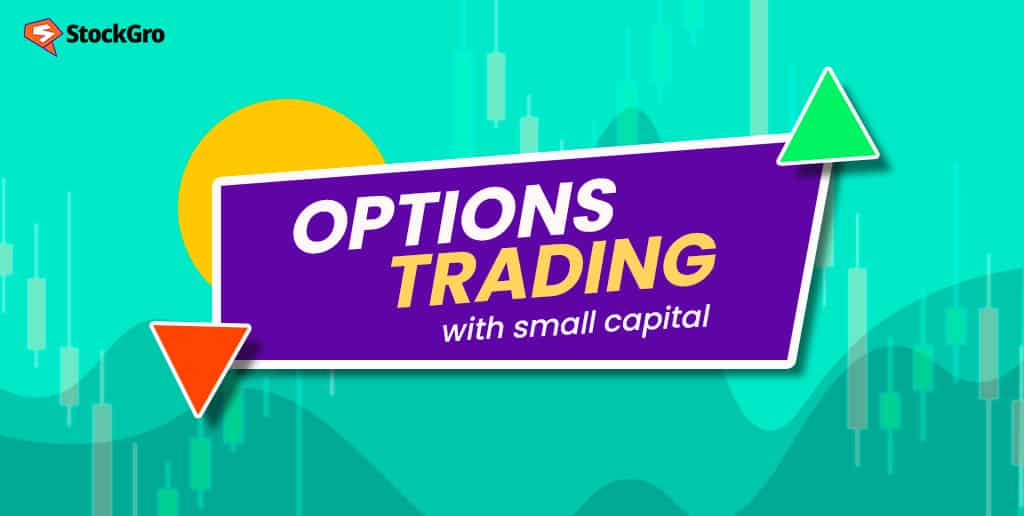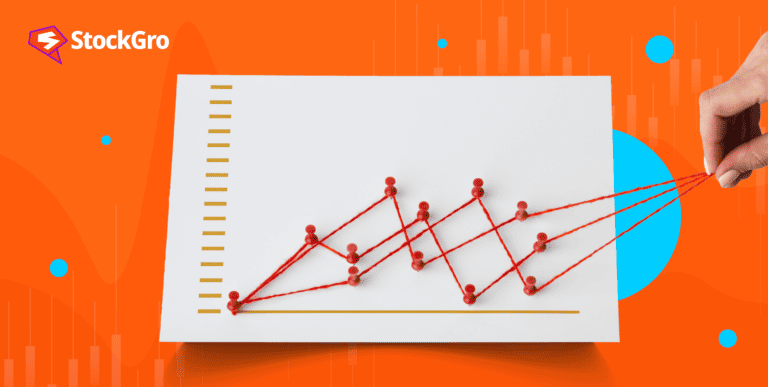
Options are powerful financial instruments that allow investors and traders like you to manage risk, enhance returns, and capitalise on market movements. Options can be used in a variety of different ways to achieve a variety of different results.
In this article, we’re going to explore how you can trade options to make profits.
Basics of options – recap
Like we said earlier, options are derivatives of stocks, which means that they derive their value from them. When stocks move, so do options.
Options offer the right, but not the obligation, to buy (call option) or sell (put option) the underlying asset at a predetermined price (strike price) before or at the expiration date.
Let’s break that sentence down into smaller parts:
- Right, not the obligation – Buying an option is a right, not an obligation. It means that you could exercise the option if you wanted to, but no one could force you to.
- Predetermined price – You have to buy options at a specific strike price (or exercise price) at the date of purchase. This exercise price cannot be changed after sale. The strike price is the price at which you buy the right to sell or buy the asset.
- Expiration date – Your right expires at this date. If you’re buying American options, you can exercise your option before this date too, but for European options, you can exercise on expiry date only.
You may also like: How to trade in options and maximise your profit?
Participants in an options trade
Here are the three key players that participate in an options trade:
- The underlying asset – This could be any stock on the market. Options are created for other assets like cryptocurrency etc. also.
- Buyer – You’re the buyer of the option, who is purchasing the right to buy or sell at a specific price at (or before) a specific date. The price you pay is called the option premium.
- Seller – For you to buy something, someone has to sell it. In this case, that’s the option seller. The seller creates and sells the option to you in return for a premium.
Also read: Futures vs. Options: Differences every investor must know!
Call and put
The only difference between a call and a put option is that the call is a right to buy the asset at a certain price in the future, and a put is to sell the asset.
Here’s how option trading works
There are 4 key factors that determine the value of your option after you’ve bought it:
- Intrinsic value – This is the difference between the strike price of the option and the current market price of the underlying asset. For instance, if you have a call option at ₹100 and the market price is ₹115, the intrinsic value is ₹15. If the market price is below ₹100, the intrinsic value is zero.
- Time value – This refers to the time left before your option expires. The time value of an option goes down as the expiration day comes closer and closer.
- Volatility – Volatility in the underlying stock usually increases options premiums, which reflects higher risk for the seller.
- Interest rates – Interest rate changes, like in the Fed’s overnight rates, can also affect option pricing.
Example of an option trade
Suppose you really like Stock X and think that it shows great potential to grow in the 6 month horizon. Instead of just buying the stock and dealing with whatever comes, you decide to buy an option. Here’s how that would look.
Since you’re betting on future growth, you’d invest in a call option – the right to buy at a predetermined price in the future. Suppose X trades at ₹150 today. You think it could go up to ₹200 in 6 months.
You buy a call option on the stock at exercise price ₹160, which costs you ₹15 today. This ₹15 is the premium you pay to the seller. Now, this could turn out one of three ways:
- The price goes above ₹160 (higher than the strike price) – This means that your option is in the money – that you could exercise your right, buy stocks for cheap, and sell them almost immediately in the market for a profit.
- The price goes down below ₹160 (lower than the strike price) – Your option is out of the money – that is, you’d lose money if you bought an asset that’s worth less than ₹160 for ₹160. Hence, while your losses are capped, you do have to bear the loss of the ₹15 premium you paid to the seller.
- The price doesn’t move at ₹160 – Suppose the price settles at ₹160. Here, you only lose the premium but don’t make any more losses.
Also Read: Understanding the difference between equity and debt IPO for the right investment
Conclusion
While options trading can offer you flexibility and some strategic advantages, it almost always comes with some risks:
- The lifespan of the trade is limited: Options have expiration dates, and their value erodes as the expiration date approaches.
- Leverage: Options provide a leveraged position, amplifying both gains and losses.
- Complexity: Options trading is more complex than stock trading, which involves a steep learning curve for most people.
- Market timing: While it is very difficult to time the market accurately, options traders do need to have some experience with the market so they can make informed and risk-adjusted guesses on price movement.



Leave a Comment